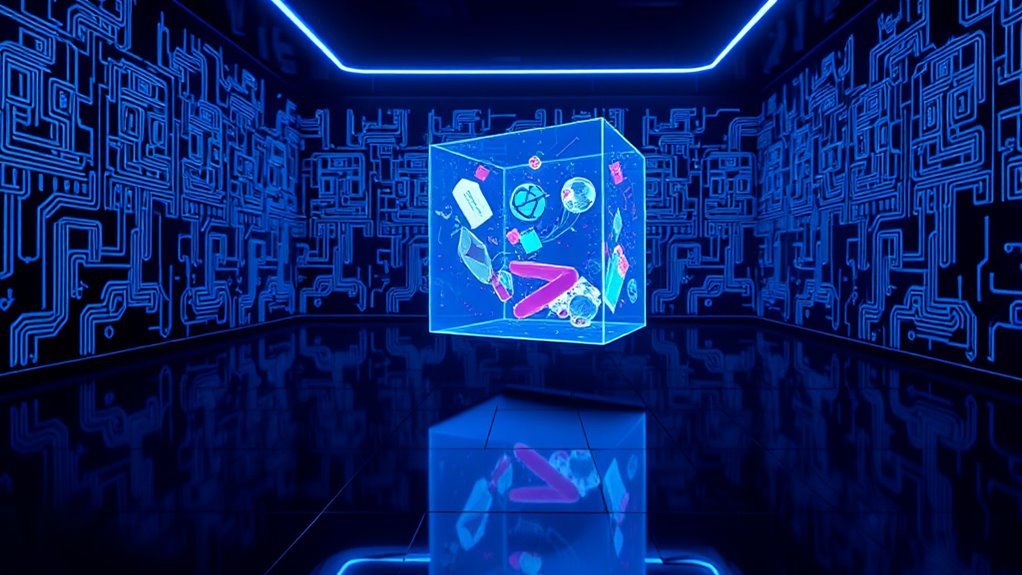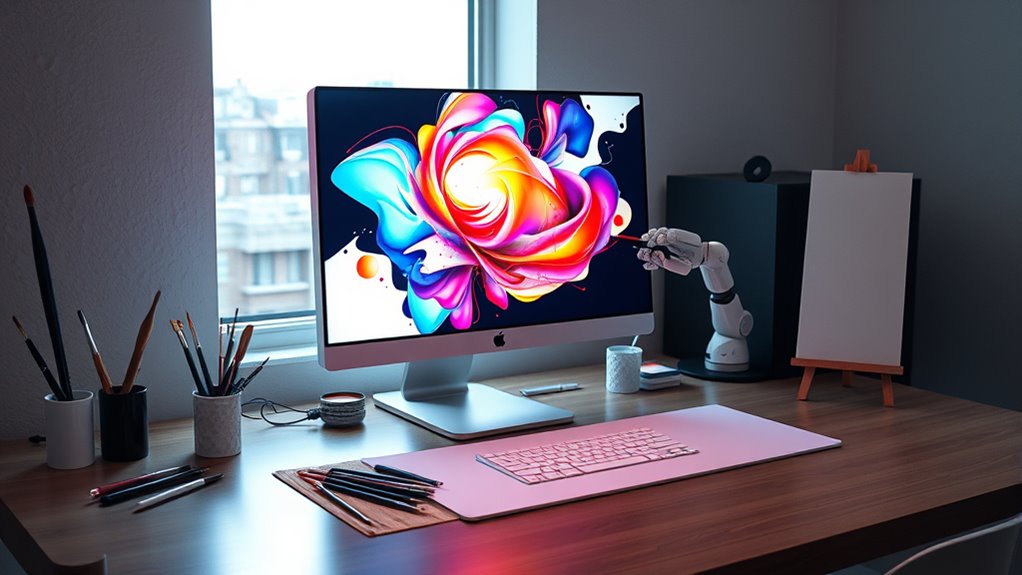A strange phenomenon called AI hallucinations is making waves in the tech world. These happen when AI systems, like chatbots or image tools, create outputs that aren’t true or make no sense. Even though they sound or look convincing, they’re completely made up. The term “hallucination” isn’t literal since AI doesn’t think or feel. It just means the AI produces weird or wrong results based on the data it’s learned from. Think of it like when people see faces in clouds—AI can misread patterns and spit out something off.
AI hallucinations are a bizarre tech quirk, where systems like chatbots invent convincing yet false outputs, misreading patterns in their training data.
This issue shows up in different AI types. Chatbots might tell fake stories, while image systems could “see” things that aren’t there. It’s tricky to spot these errors because they often blend into content that seems fine. Studies show that AI chatbots can mess up as much as 27% of the time. Plus, nearly half of their written answers might have factual mistakes. That’s a big deal when people rely on AI for info. Moreover, tools designed to detect AI-generated content often struggle with accuracy limitations due to evolving technology and inherent biases in their models.
So, why does this happen? A lot of it comes from the data used to train AI. If the data has biases or errors, the AI picks those up. Complex models can also act in unexpected ways, leading to odd outputs. Sometimes, AI overfits, meaning it’s too tied to its training data and can’t handle new situations well. Other times, it just doesn’t get the context of a question, so it gives a wrong or random answer. Even the rules built into AI can cause problems if they don’t focus on what’s important. Overfitting is often a key issue, as it limits the AI’s ability to generalize to new data or scenarios limits AI’s generalization.
These hallucinations hurt AI’s reliability. They make it hard to trust the tech in areas like healthcare or money matters. People might get frustrated or confused when AI gives bad answers. It also shakes public faith in these tools. Research has found cases where AI misidentified objects that weren’t even there. This can lead to significant consequences if decisions are based on incorrect outputs significant consequences.
While AI can create amazing stories or art, those creations might not match reality, leading to mix-ups. As this tech grows, understanding AI hallucinations is key to knowing its limits.









